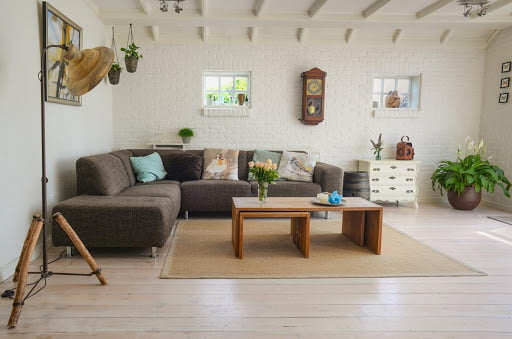
Image by pexels
By Guest Writer Elise Morgan,
There are many benefits of transforming your home into a green one, such as better air quality and more predictability and control with your monthly expenses. However, it can prove to be very difficult to go through this green process, with many not knowing where to begin. Below is a list of the top things you can’t avoid when going through the process of transforming your home to become green.
1. Smart Thermostat
One of the best ways to save energy while still keeping the bills low is to install a smart thermostat that allows you to program your temperatures to stick with a schedule. This means that you can set your home’s temperature based on your own agenda, so if you’re out of the home all day the thermostat can switch to eco-mode, reducing the amount of energy spent on heating or cooling your house when no one is there.
2. Smart Lights
By connecting your smart light bulbs with your smart phone, you can now set the lighting where you want without having to reach for the switch. What’s even better is that these smart lights are typically CFLs or LED lights, meaning that they will produce less heat and energy, and will last significantly longer than traditional light bulbs.
3. Naturally Materialled Home Products
It may not be in everyone’s budget to completely renovate every room in their home to become greener, but there are a few great places to prioritize. For the kitchen, keep Mother Nature in mind by upgrading to bamboo flooring, which not only looks amazing but is a rapidly renewable resource as well. Another great way to utilize natural materials in your home is with organic mattresses that are built to last twice as long as other mattresses for your best green bedroom yet. Lastly, consider exploring reclaimed wood for your next coffee table in the living room for a sustainable home ecosystem.
4. Compost Garden
Avoid harming your surrounding environment and reduce waste by simply layering organic materials with soil to produce an amazing garden and encourage your home-grown veggies to flourish. This way, you’re not only reducing waste that is going into landfills, but you will also be cutting your carbon footprint – something companies and individuals alike should be focusing on.
5. Low-Flow Plumbing Features
Regular toilets use up to 26 percent of the water in your home, so when going green, it’s a no-brainer to switch to low-flow plumbing fixtures. This will conserve water while cutting your water bills – and if you’re feeling extra green, consider low-flow plumbing fixtures for your faucets and showerheads as well.
Disclaimer: We at Prepare for Change (PFC) bring you information that is not offered by the mainstream news, and therefore may seem controversial. The opinions, views, statements, and/or information we present are not necessarily promoted, endorsed, espoused, or agreed to by Prepare for Change, its leadership Council, members, those who work with PFC, or those who read its content. However, they are hopefully provocative. Please use discernment! Use logical thinking, your own intuition and your own connection with Source, Spirit and Natural Laws to help you determine what is true and what is not. By sharing information and seeding dialogue, it is our goal to raise consciousness and awareness of higher truths to free us from enslavement of the matrix in this material realm.
 EN
EN FR
FR

























